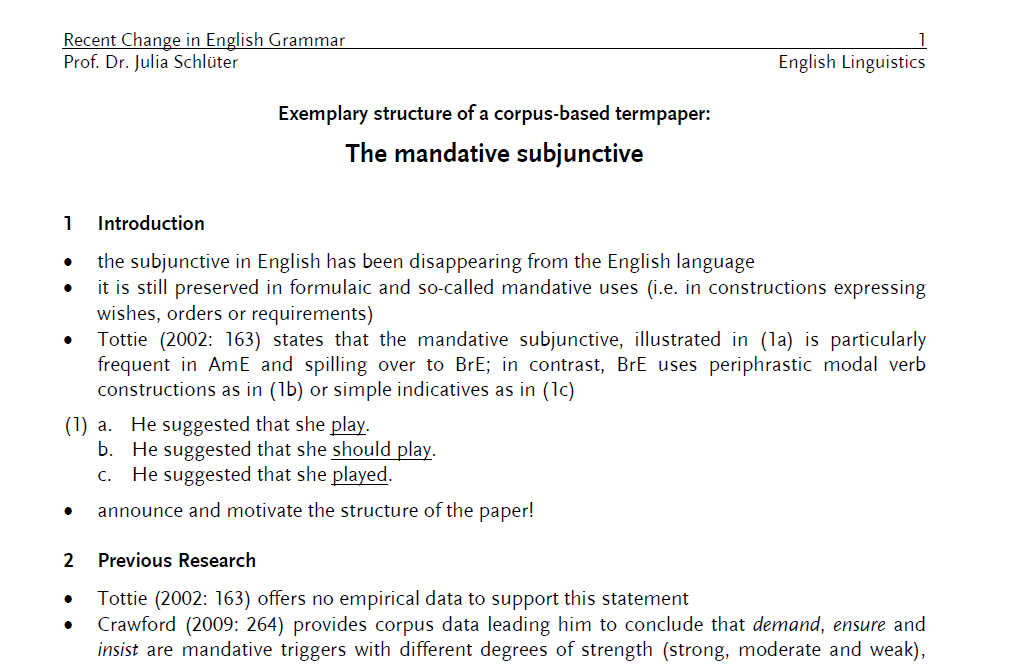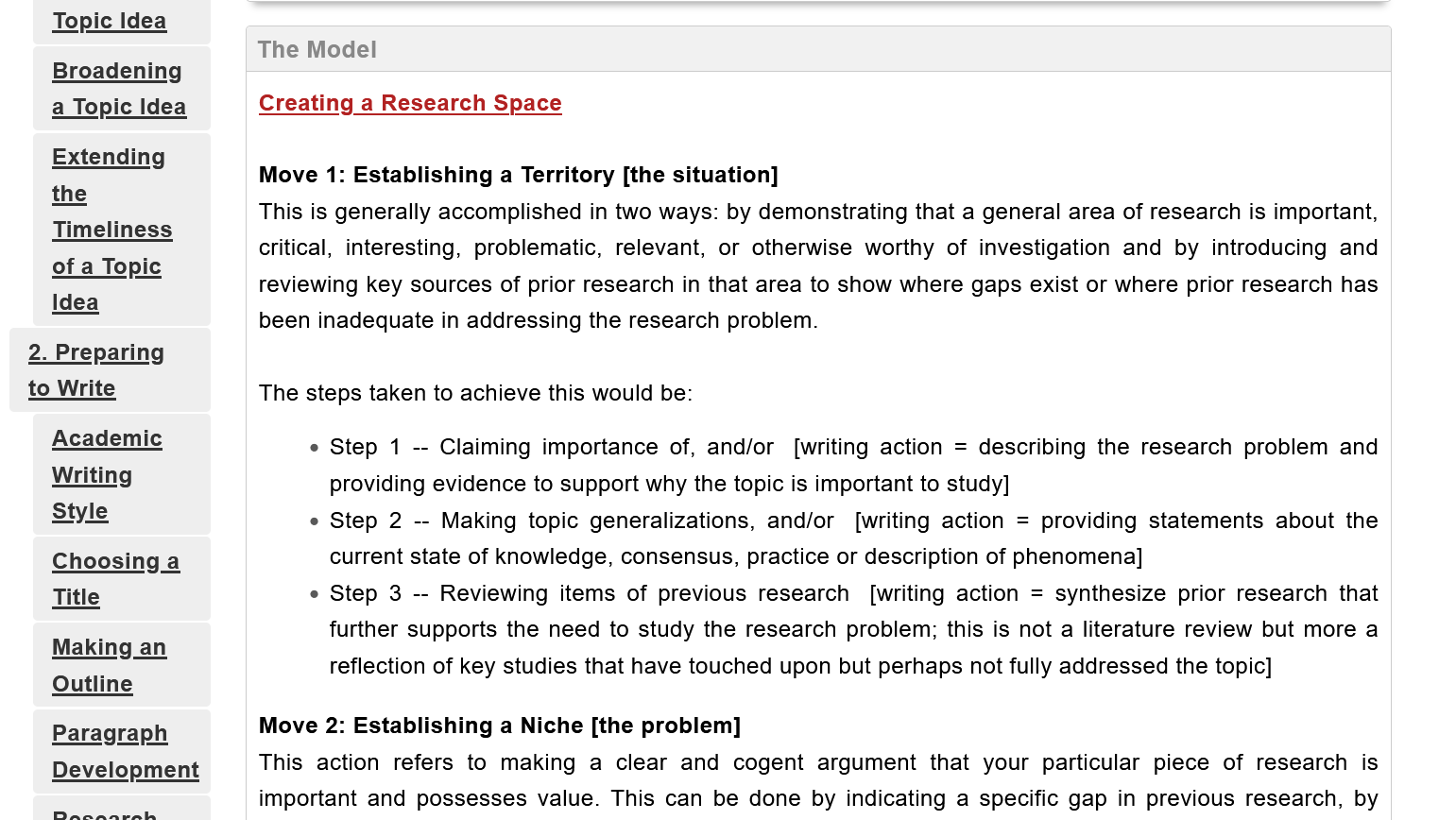Structuring & writing your term paper
-- First steps --
The structure as well as the writing style of term papers can greatly vary between disciplines. It is therefore vital that you familiarize yourself with conventions of the discipline you are writing your term paper in. Good places to start are:
i) guides on how to write a term paper (see link below)
ii) the stylesheet (see main page of this VC)
iii) the office hours of your supervisor (while e-mails work, it is incredibly more efficient for both sides if you schedule an appointment and then talk with your supervisor).

-- Overall structure of a term paper: IMRaD --
Introduction -> Methodology -> Results and -> Discussion
Many, if not most, empirical research articles follow the so-called IMRaD structure. IMRaD is short for introduction, methodology, results and discussion. Papers in the social sciences often insert a separate section titled previous research between the introduction and the methodology. Many books on academic writing cover this structure. Hochberg (2019: 50-58),
for example, provides a brief outline of the IMRaD structure and explains the structure of the discussion section in greater detail.
Although aimed at students of the social sciences, the University of Southern California (USC) offers a comprehensive guide on academic writing, which covers all the basics:

We also have a template for writing corpus-based papers in linguistics (by Prof. Julia Schlüter). This gives you a good idea what we expect in such a paper. But make sure that you dicuss the topics and structure of your paper with your supervisor!
=> Exemplary structure of an empirical, corpus-based term paper

-- Structure of individual sections of term papers --
Rhetorical moves in research articles
Every section of a research article can be divided into so-called rhetorical moves, i.e. coherent stretches of text (sometimes as short as a single sentence, sometimes as long as an entire paragraph) that fulfill a certain communicative function.
The idea of rhetorical moves goes back to the linguist John Swales, who investigated the internal structure of sections of research articles (e.g. the introduction) (e.g. Swales 1991, 2003, 2004).
Rhetorical moves in introductions (USC):
=> How to structure your introduction: The C.A.R.S model and rhetorical moves

References
Hochberg, Michael. 2019. An Editor's Guide to Writing and Publishing Science. Oxford: Oxford UP. https://academic.oup.com/book/35089
Swales, John. 1991. Genre analysis: English in academic and research settings. Cambridge: Cambridge UP.
Swales, John. 2003. Language For Specific Purposes. In International encyclopedia of linguistics. William Frawley (ed.).2nd edition. Oxford: Oxford UP. https://www.oxfordreference.com/display/10.1093/acref/9780195139778.001.0001/acref-9780195139778-e-0577.
Swales, John. 2004. Research Genres. Cambridge: Cambridge UP.
